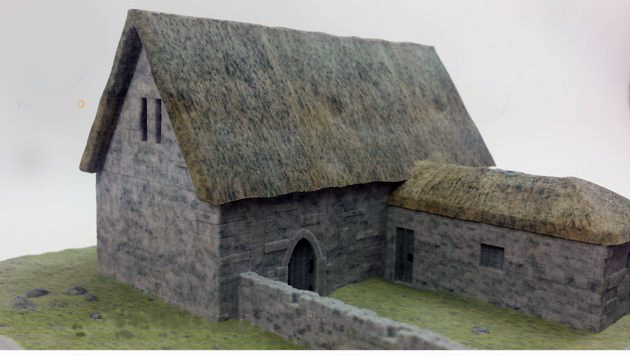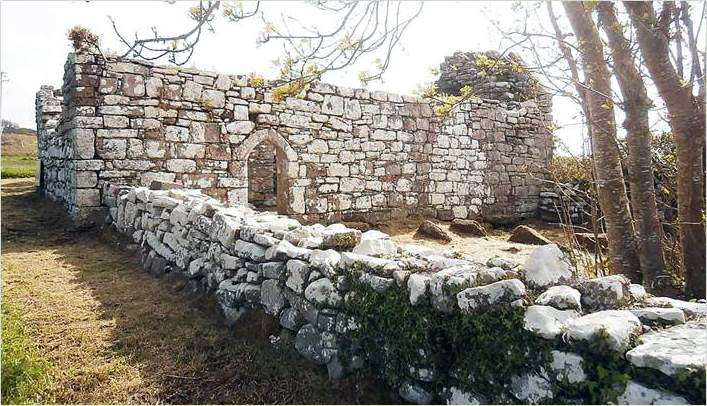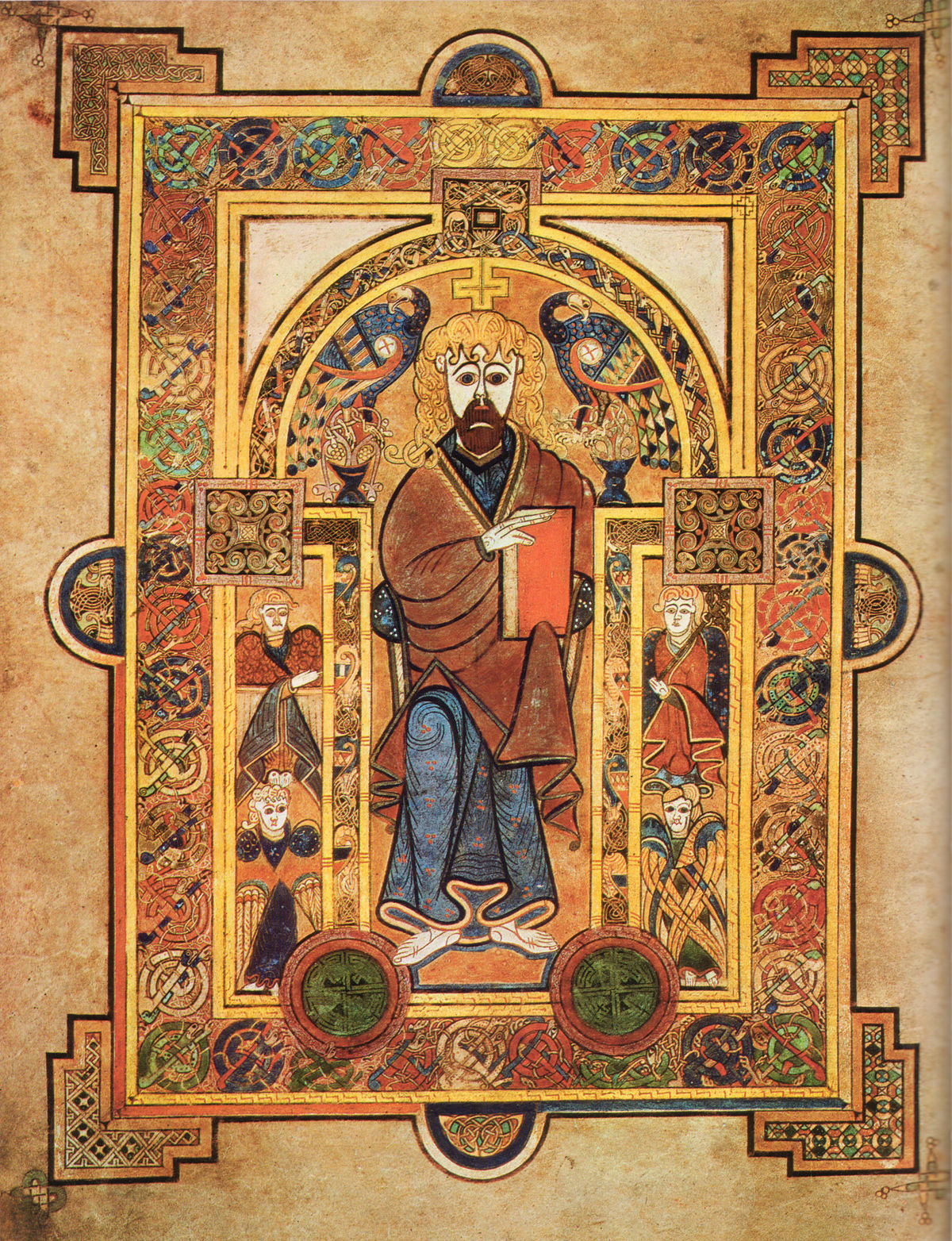“Caislén Cille barrainne do briseadh la Domhnall mac muircirtaigh”
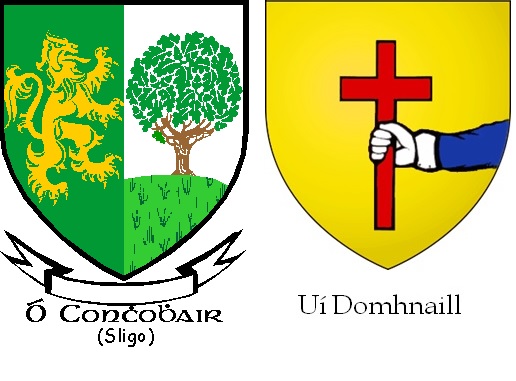
This short sentence is all that is written about the destruction of Kilbarron Castle in 1391 by Donal MacMortagh, one of the O’Conor Clan of Sligo in the entry for the year 1391 in the “Annals of the Four Masters” (Annála Riochta Na hEireann). It reads in English ” Kilbarron Castle was destroyed by Donal MacMortagh” (O’Conor)
He was descended from Brian Luighnech Uí Conchobhair the son of Toirdelbach Uí Conchobair who was High King of Ireland in the 10th Century.
At this time the Normans, who a century earlier had almost conquered the whole of Connacht, were in decline and the resurgent O’Conors were expanding their power northwards, in this case under their chieftain Donal MacMortagh who ruled from1368-1395.
The land south of the Erne had been part of the ancient Kingdom of Breffne and part of Connacht but by this time, the Uí Domhnaill (O’Donnells) also claimed lordship over the area between the River Erne and the River Drowes. This ultimately led to conflict. The Uí Domhnaill made an interesting solution –they granted most of the land south of the Erne to the Cistercian Monastery of Assaroe that would become in later documents described as “Baile na managh” the home of the monks.
The intention was that marauding O’Conors would first destroy church property and face the wrath of the monks and ultimately that of God – quite often areas on the boundaries of rival clan lands was given to the Church, although this didn’t stop clans raiding their rival’s lands and properties!
Meanwhile Cille Barrainne was restored by the Uí Cléirighs, we suppose that they rebuilt the tower house, the other two buildings on the site were built many years later.
The Ua Cléirigh clan did very well over the ensuing years under the patronage of the ruling Uí Domhnaills. In addition to lands around Kilbarron Castle granted originally to the Ua Scingín, they were granted other lands in the surrounding area some of these we can recognise from the modern townland names such as Craoibheach(Creevy) Cill Domhnaigh (Kildoney) Cúl Reamhar (Coolmore) and Droim a Crionn (Drumacrin) in the plain of Magh Ene (The Moy) Others we cannot identify readily such as Ceathrama na Cuchrach and Ceathrama anTighe Cloiche as the names no longer exist except that likely they are in the near vicinity of the ones we do recognise.
In 1442 Diarmaid Uí Cléirigh established a bardic school at the castle and established three schools of learning Language, Poetry and Chronicling. He became known as Diarmaid na dTrí Sgol (Dermot of the three schools)Members of the clan continued to act as Ollamhs to the Ua Domhnaill ruling clan for the next one hundred and sixty-five years, expanding their control, becoming erenachts to the Assaroe Abbey lands- this was a role akin to a type of land stewards who managed the abbey lands while the Cistercian monks gave their full attention to more heavenly matters!
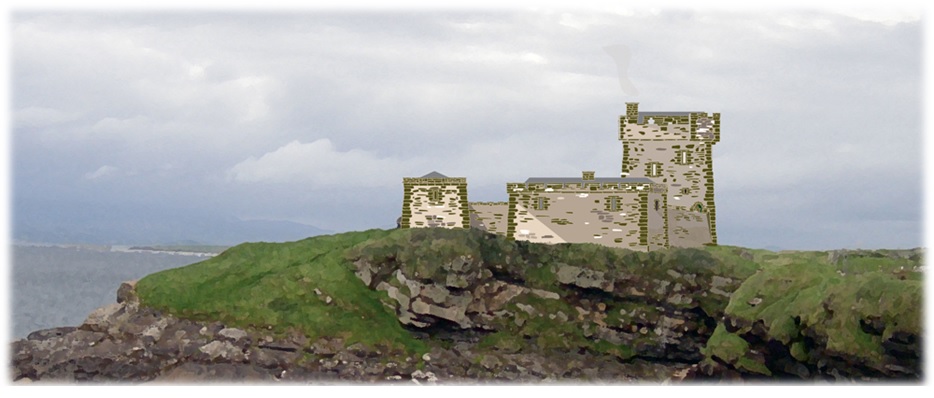
The Ua Cléirigh clan did not confine their activities to temporal duties alone and began to fulfil a clerical role within the area. Cosnamhach Ui Cléirigh was appointed rector of the Kilbarron parish in 1430. This continued up onto 1655 when one James O’Clery became parish priest. Their wealth and status was on an upward trend but all this was to come crashing down with the onset of the Nine Years War between the Gaelic Chieftains of Ulster in their attempt to stem the authority of Elizabethan rule in their lands, a struggle that would ultimately lead to momentous change at Kilbarron Castle.
